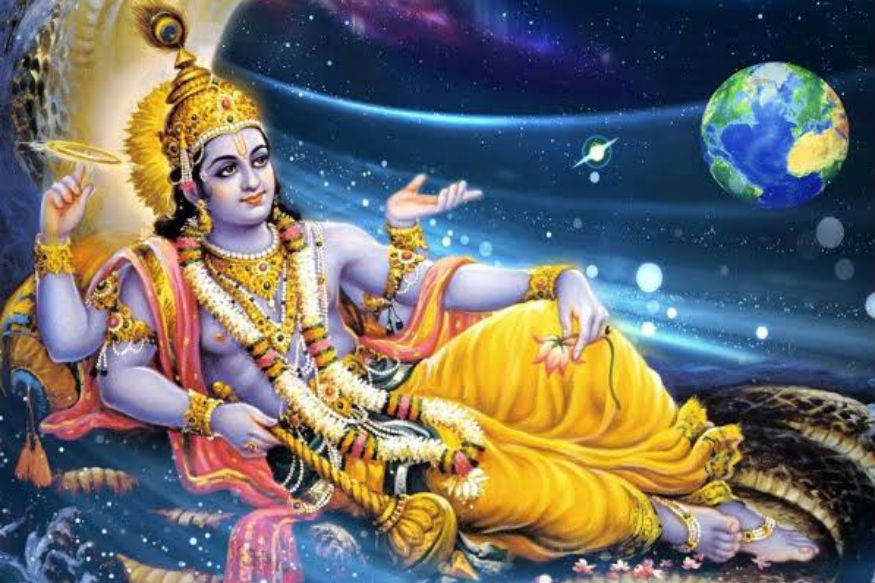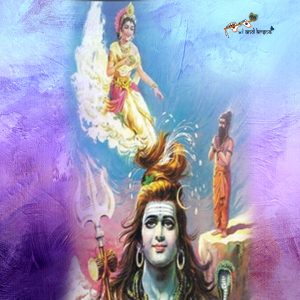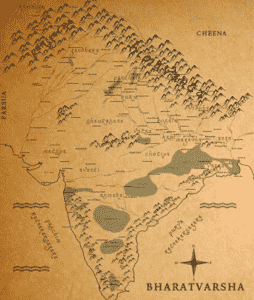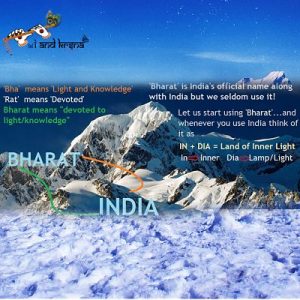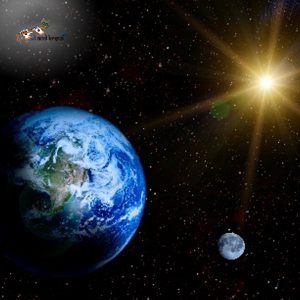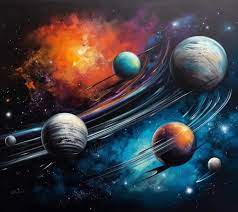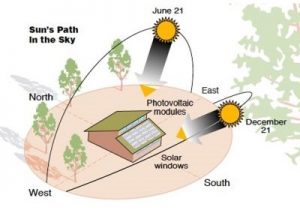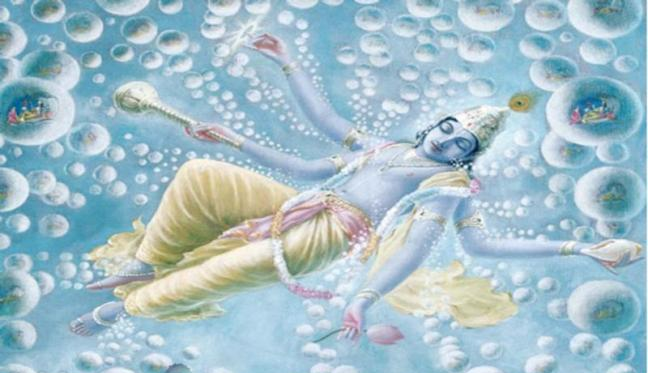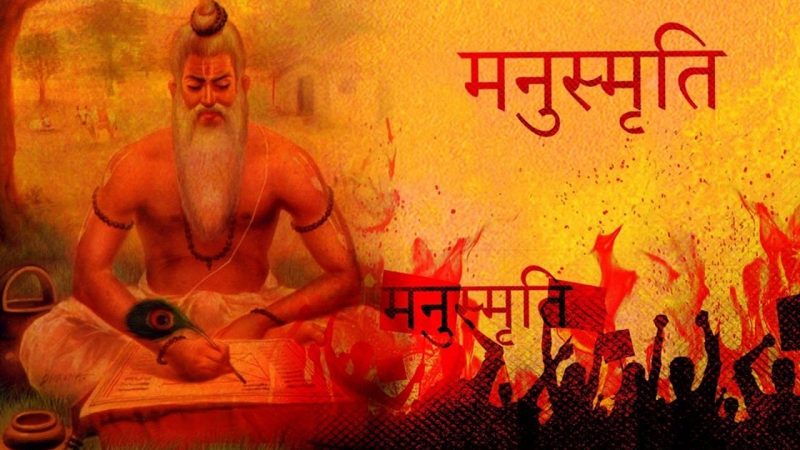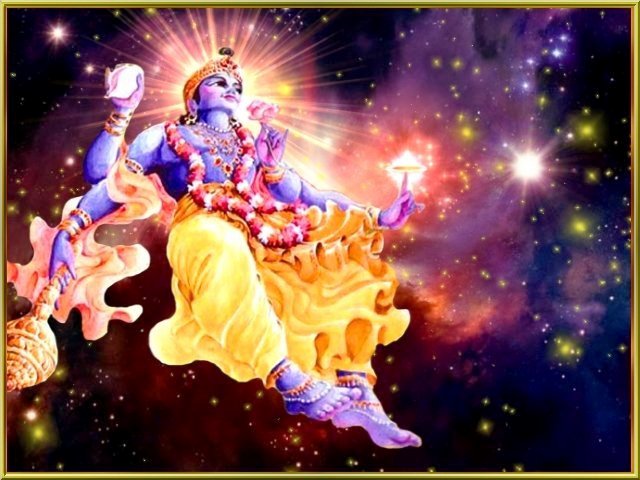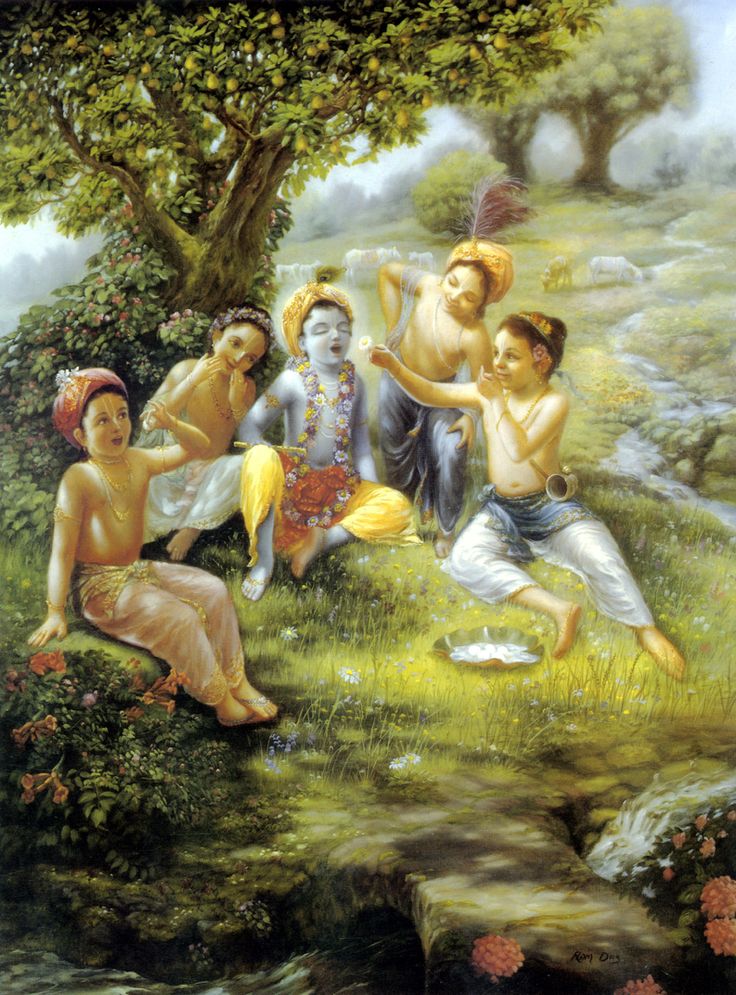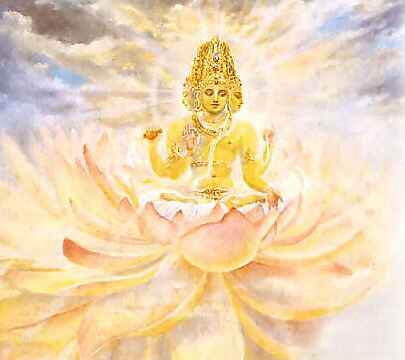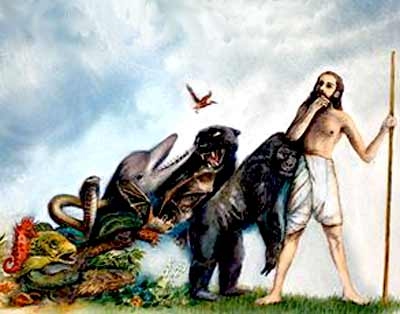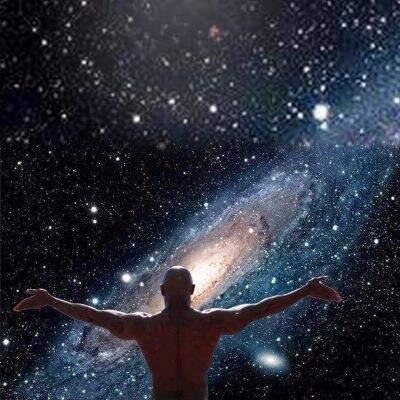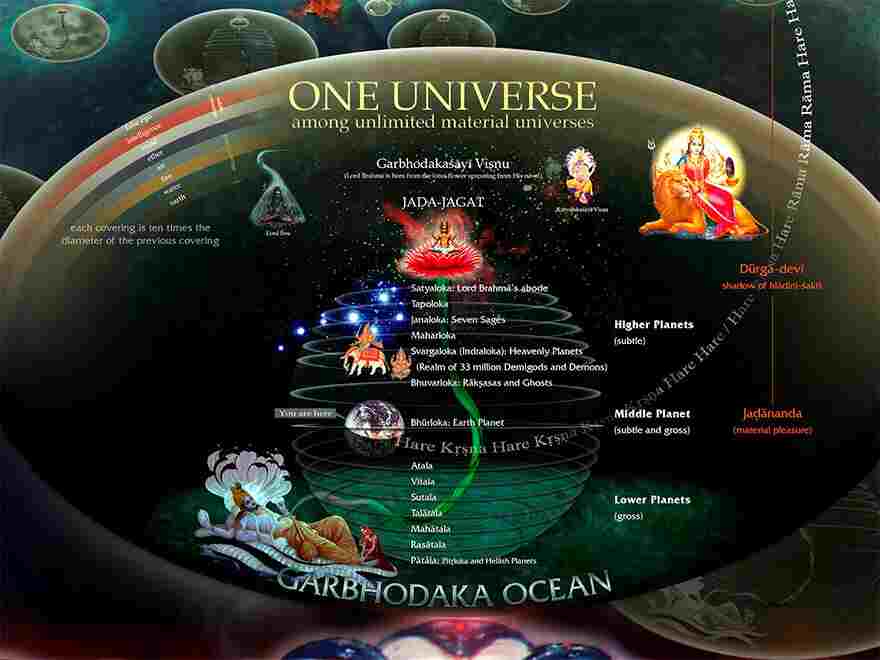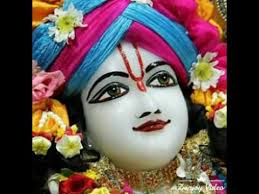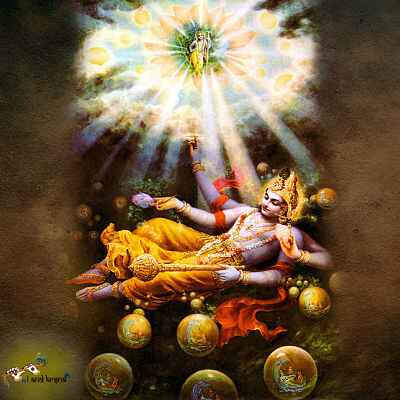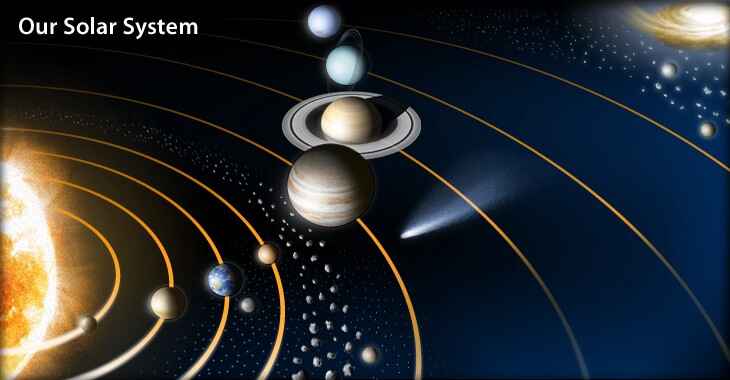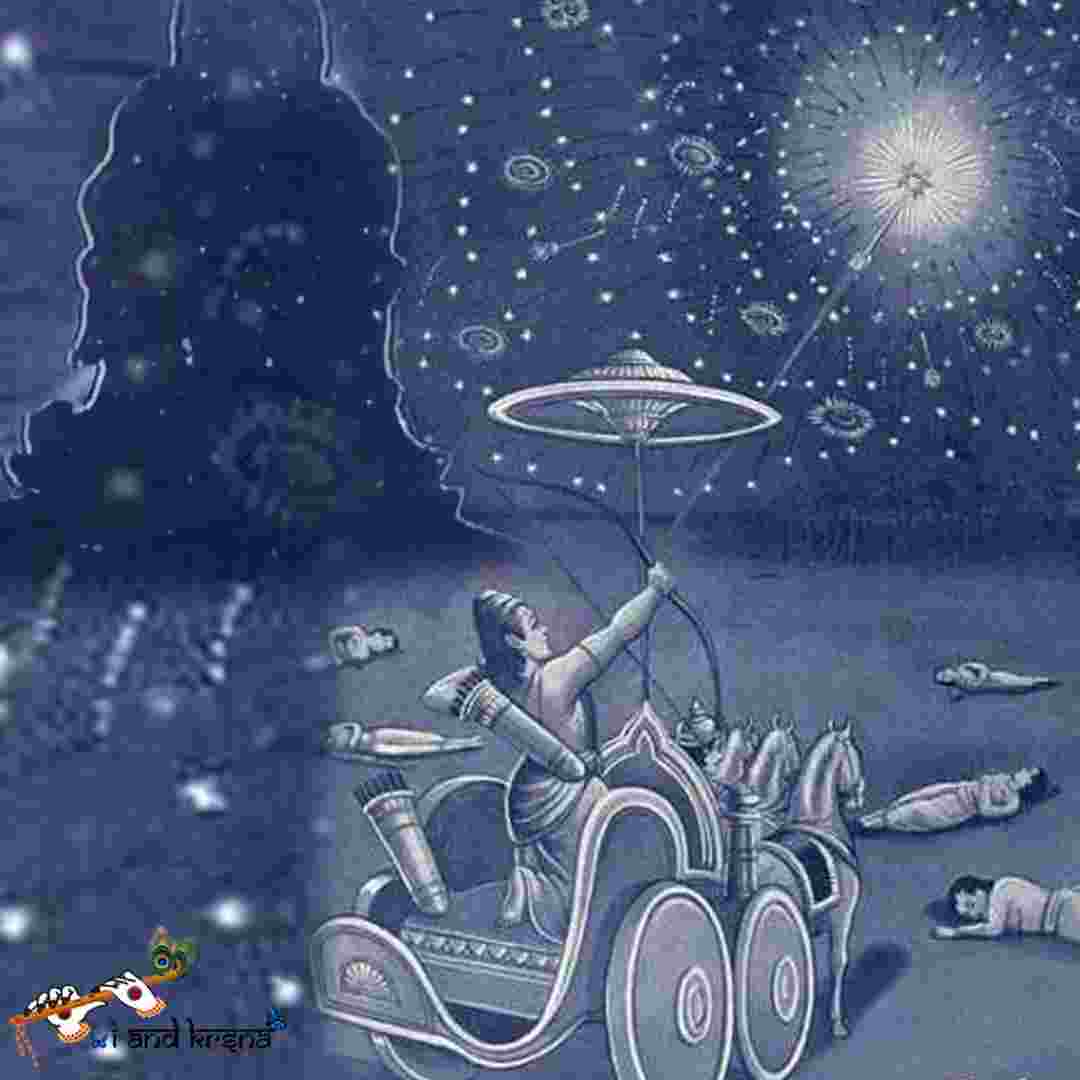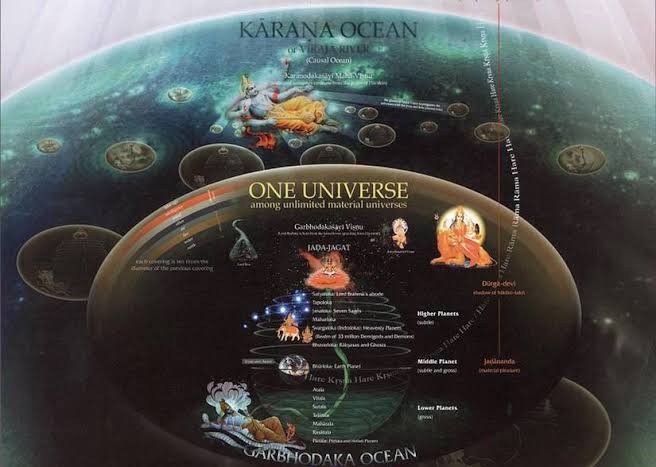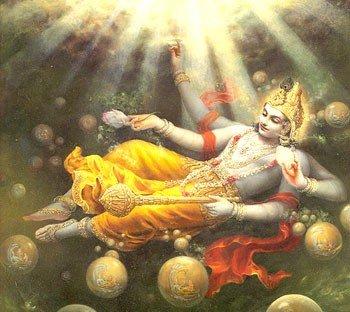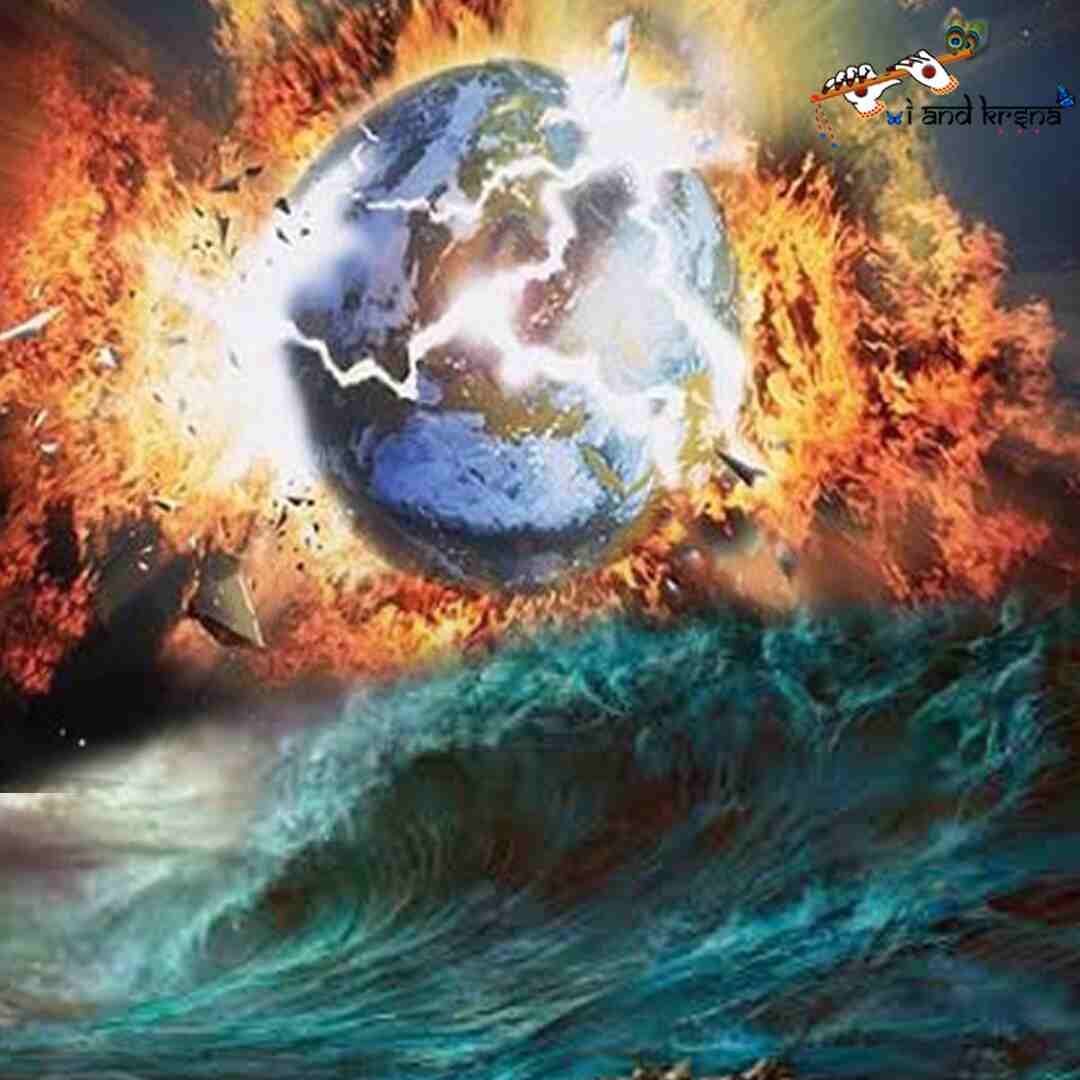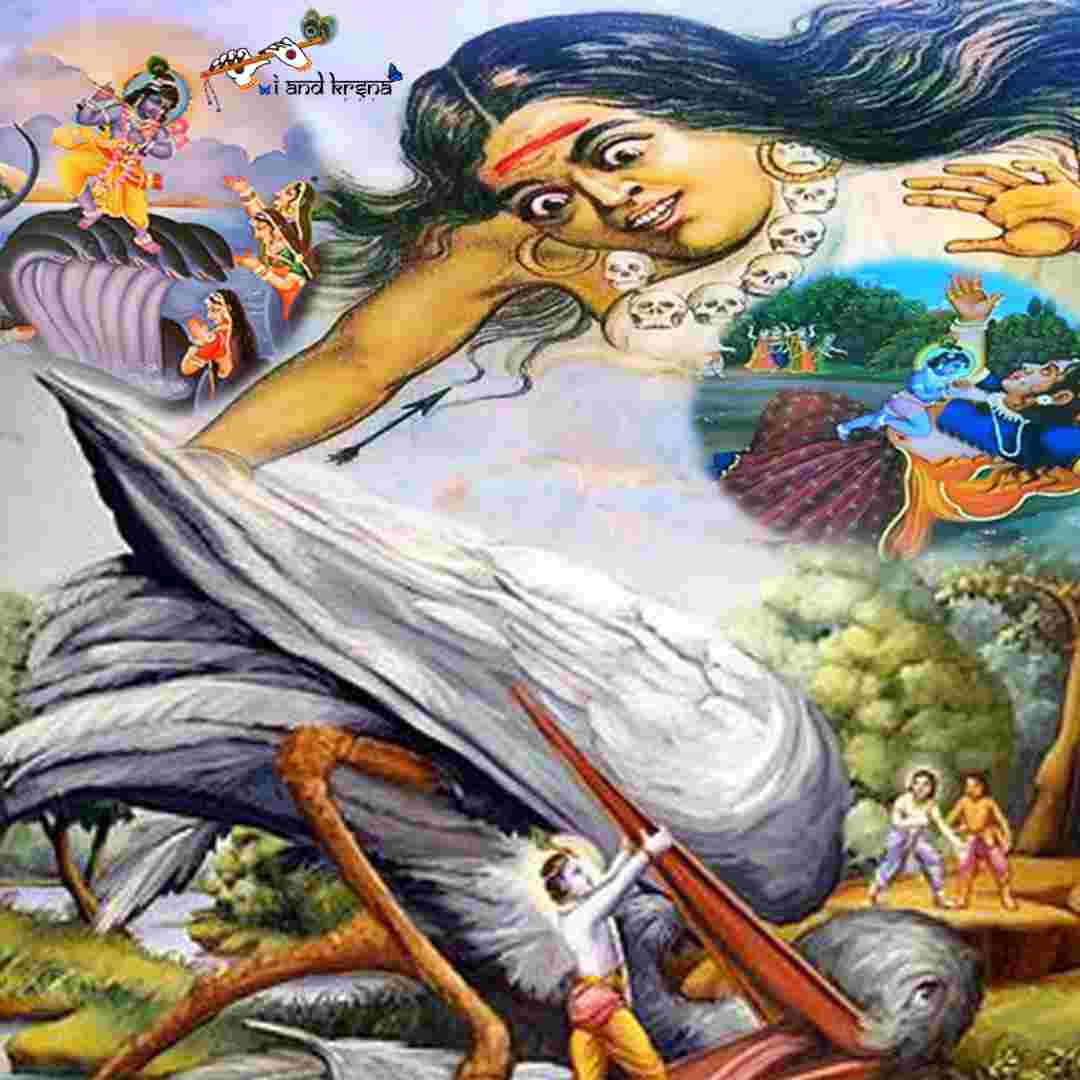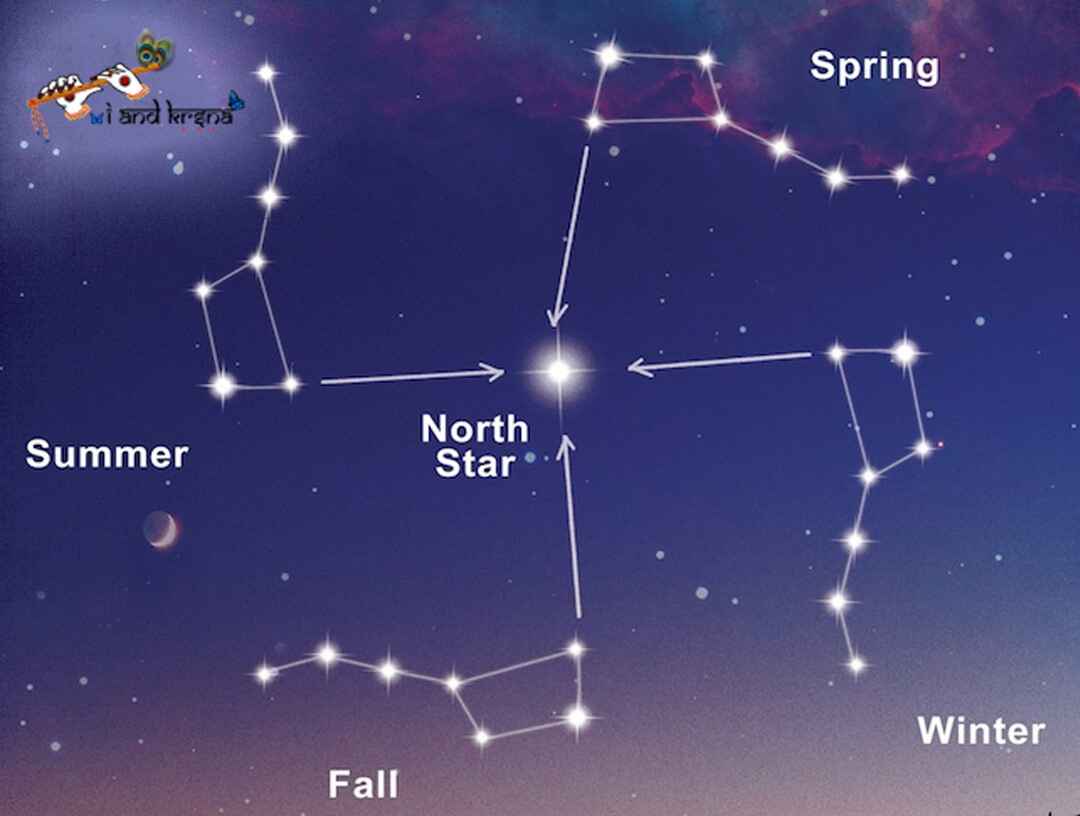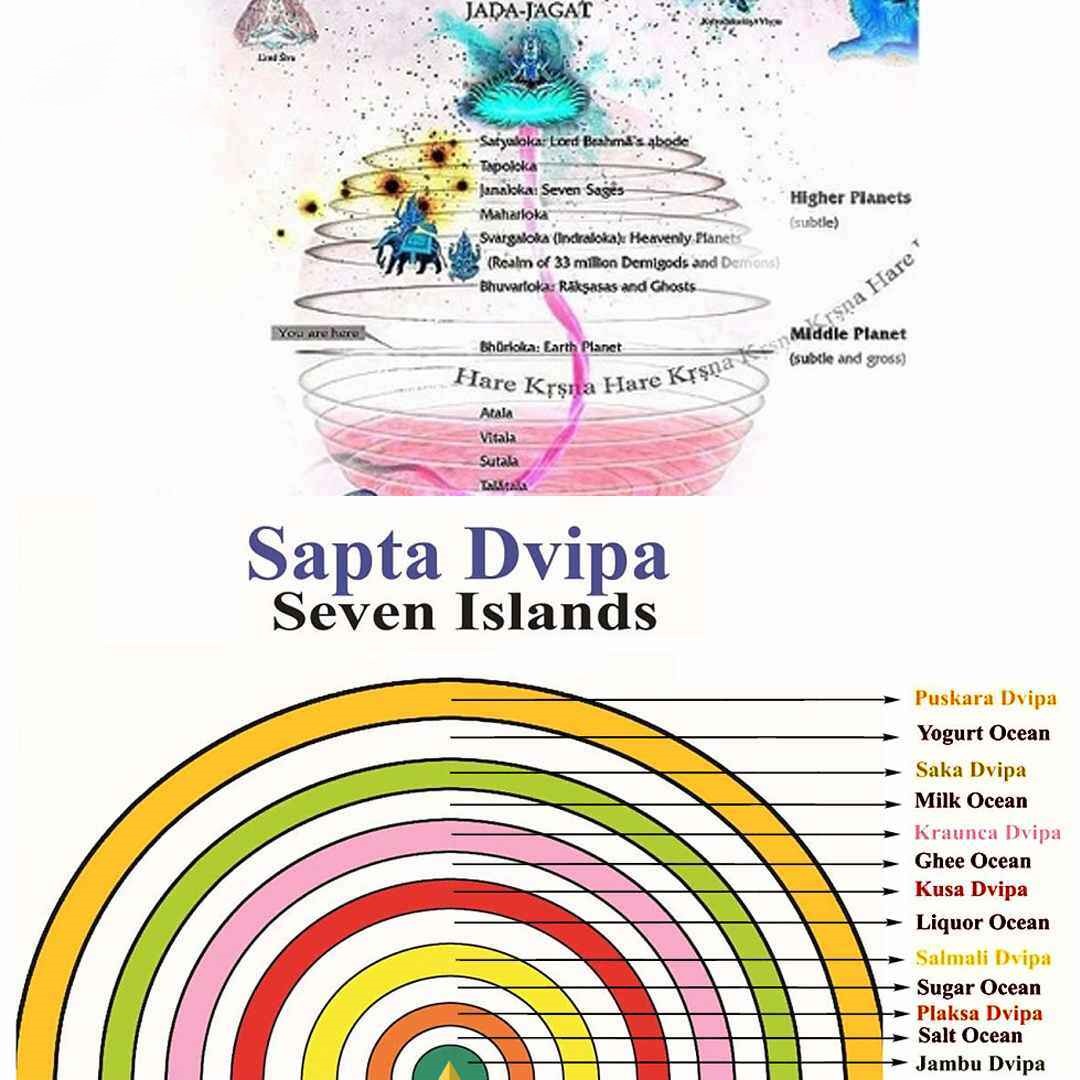Time & Space.
The atomic description of the Srimad-Bhagavatam is almost the same as the modern science of atomism. In modern science also, the atom is accepted as the ultimate indivisible particle of which the universe is composed. Srimad-Bhagavatam is the full text of all descriptions of knowledge, including the theory of atomism. The atom is the minute subtle form of eternal time. Atoms are the ultimate state of the manifest universe. When they stay in their own forms without forming different bodies, they are called the unlimited oneness. There are certainly different bodies in physical forms, but the atoms themselves form the complete manifestation. One can estimate time by measuring the movement of the atomic combination of bodies. Time is the potency of the almighty Personality of Godhead, Hari, who controls all physical movement although He is not visible in the physical world.
Time and space are two correlative terms. Time is measured in terms of its covering a certain space of atoms. Standard time is calculated in terms of the movement of the sun. The time covered by the sun in passing over an atom is calculated as atomic time. The greatest time of all covers the entire existence of the non-dual manifestation. All the planets rotate and cover space, and space is calculated in terms of atoms. Each planet has its particular orbit for rotating, in which it moves without deviation, and similarly, the sun has its orbit. The complete calculation of the time of creation, maintenance and dissolution, measured in terms of the circulation of the total planetary systems until the end of creation, is known as the supreme kala. The division of gross time is calculated as follows: two atoms make one double atom, and three double atoms make one hexatom or trasarenu. This trasarenu is visible in the sunshine which enters through the holes of a window screen. One can clearly see that the trasarenu goes up towards the sky. The time duration needed for the integration of three trasarenus is called a truti, and one hundred trutis make one vedha. Three vedhas make one lava. It is calculated that if a second is divided into 1687.5 parts, each part is the duration of a truti, which is the time occupied in the integration of eighteen atomic particles. Such a combination of atoms into different bodies creates the calculation of material time. The sun is the central point for calculating all different durations. The duration of time of three lavas is equal to one nimesa, the combination of three nimesas makes one ksana, five ksanas combined together to make one kastha, and fifteen kasthas make one laghu. By calculation, it is found that one laghu is equal to two minutes.
The atomic calculation of time in terms of Vedic wisdom may be converted into present time with this understanding. Fifteen laghus make one nadika, which is also called a danda. Two dandas make one muhurta, and six or seven dandas make one-fourth of a day or night, according to the human calculation. The measuring pot for one nadika, or danda, can be prepared with a six-pala-weight [fourteen ounces] pot of copper, in which a hole is bored with a gold probe weighing four masa and measuring four fingers long. When the pot is placed on water, the time before the water overflows in the pot is called one danda. It is advised herein that the bore in the copper measuring pot must be made with a probe weighing not more than four masa and measuring not longer than four fingers. This regulates the diameter of the hole. The pot is submerged in water, and the overflooding time is called a danda. This is another way of measuring the duration of a danda, just as time is measured by sand in a glass. It appears that in the days of Vedic civilization there was no dearth of knowledge in physics, chemistry or higher mathematics.
Measurements were calculated in different ways, as simply as could be done. It is calculated that there are four praharas, which are also called yamas, in the day and four in the night of the human being. Similarly, fifteen days and nights are a fortnight, and there are two fortnights, white and black, in a month. The aggregate of two fortnights is one month, and that period is one complete day and night for the Pita planets. Two of such months comprise one season, and six months comprise one complete movement of the sun from south to north. Two solar movements make one day and night of the demigods, and that combination of day and night is one complete calendar year for the human being. The human being has a duration of life of one hundred years. Influential stars, planets, luminaries and atoms all over the universe are rotating in their respective orbits under the direction of the Supreme, represented by eternal kala. In the Brahma-Samhita it is stated that the sun is the eye of the Supreme and it rotates in its particular orbit of time. Similarly, beginning from the sun down to the atom, all bodies are under the influence of the kala-cakra, or the orbit of eternal time, and each of them has a scheduled orbital time of one samvatsara.
The subject matters of physics, chemistry, mathematics, astronomy, time and space dealt with in the above verses of Srimad-Bhagavatam are certainly very interesting to students of the particular subject, but as far as we are concerned, we cannot explain them very thoroughly in terms of technical knowledge. The subject is summarized by the statement that above all the different branches of knowledge is the supreme control of Kala, the plenary representation of the Supreme Personality of Godhead. Nothing exists without Him, and therefore everything, however wonderful it may appear to our meager knowledge, is but the work of the magical wand of the Supreme Lord. As far as time is concerned, we beg to subjoin herewith a table of timings in terms of the modern clock.
>One truti – 8.13,500 second
>One vedha – 8.135 second
>One lava – 8.45 second
>One nimesa – 8.15 second
>One ksana – 8.5 second
>One kastha – 8 seconds
>One laghu – 2 minutes
>One danda – 30 minutes
>One prahara – 3 hours
>One day – 12 hours
>One night – 12 hours
>One paksa – 15 days
Two paksas comprise one month, and twelve months comprise one calendar year or one full orbit of the sun. A human being is expected to live up to one hundred years. That is the way of the controlling measure of eternal time.
The Brahma-Samhita (5.52) affirms this control in this way:
yac-caksur esa savita sakala-grahanam raja samasta-sura-murtir asesa-tejah
yasyajnaya bhramati sambhrta-kala-cakro govindam adi-purusam tam aham bhajami
“I worship Govinda, the primeval Lord, the Supreme Personality of Godhead, under whose control even the sun, which is considered to be the eye of the Lord, rotates within the fixed orbit of eternal time. The sun is the king of all planetary systems and has unlimited potency in heat and light.”
Source: A.C. Bhaktivedanta Swami Prabhupada (2014 edition), “Srimad Bhagavatam”, Third Canto, Chapter 11 – Text 1-14


